Anthropic has been on a remarkable release streak in 2025, and their latest additions to the Claude 4 family are nothing short of impressive. With Claude Sonnet 4.5 launched on September 29, 2025, and Claude Haiku 4.5 following just two weeks later on October 15, 2025, the AI landscape has shifted dramatically. These models represent a significant leap forward in AI capabilities, particularly in coding, autonomous agents, and cost-efficient performance. We’ll deep dive into Anthropic Claude Sonnet 4.5 vs Haiku 4.5!
What makes these releases particularly exciting is how they democratize access to frontier-level AI. Claude Sonnet 4.5 has been crowned “the best coding model in the world,” while Haiku 4.5 brings near-frontier performance at a fraction of the cost. Whether you’re a developer building complex applications, a business looking to automate workflows, or simply curious about the latest in AI technology, this comprehensive guide will walk you through everything you need to know about these groundbreaking models.
Table of Contents
What is Claude Sonnet 4.5?
Claude Sonnet 4.5 represents Anthropic’s most advanced mid-tier model to date, positioned as the company’s flagship for developers and enterprises. Released in late September 2025, it’s designed to excel at coding tasks, autonomous agent operations, and complex problem-solving that requires sustained focus over extended periods.
Key Features of Claude Sonnet 4.5
Extended Thinking Capability
One of the most revolutionary features of Sonnet 4.5 is its hybrid reasoning approach. The model can operate in two modes: a fast mode for straightforward queries and an extended thinking mode for complex problems. When enabled, the model pauses to reason through challenging tasks before generating responses, leading to significantly better outcomes on difficult coding and mathematical problems.
Unprecedented Autonomous Operation
Perhaps the most impressive capability is Sonnet 4.5’s ability to maintain focus and performance on complex tasks for over 30 hours. This is a massive improvement from its predecessor, Claude Sonnet 4, which typically managed around 7 hours. This extended autonomy makes it ideal for large-scale software development projects, comprehensive research tasks, and enterprise-level workflows.
State-of-the-Art Coding Performance
Anthropic claims that Sonnet 4.5 is “the best coding model in the world,” and the benchmarks back this up. The model achieves exceptional results across multiple coding evaluations, demonstrating its ability to understand complex codebases, implement precise solutions, and handle everything from debugging to architecture decisions.
Computer Use Capabilities
Sonnet 4.5 excels at computer use tasks, meaning it can autonomously navigate websites, fill forms, interact with spreadsheets, and perform multi-step operations across different applications. This capability is particularly valuable for automation and testing scenarios.
Enhanced Context Management
The model features advanced context awareness, understanding how much of its 200,000-token context window has been used. This enables more sophisticated workflows where the model can manage its own context budget, maintaining coherence across extended sessions.
Technical Specifications
- Context Window: 200,000 tokens (standard), 1 million tokens (via Claude Developer Platform)
- Maximum Output: 64,000 tokens
- Knowledge Cutoff: January 2025
- Pricing: $3 per million input tokens, $15 per million output tokens
- Availability: Claude.ai (web, iOS, Android), Claude API, Amazon Bedrock, Google Cloud Vertex AI
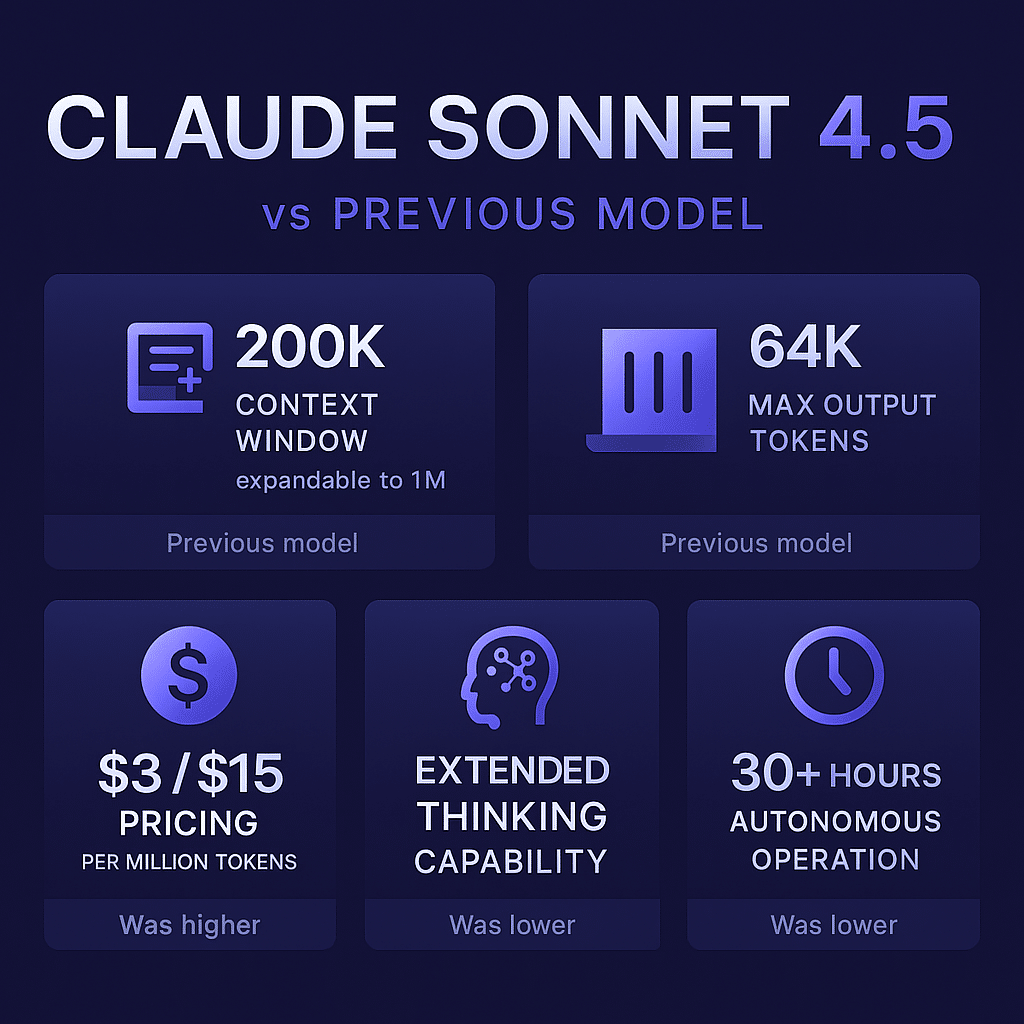
Claude Sonnet 4.5 Benchmarks & Performance
The numbers speak for themselves. Sonnet 4.5 has achieved remarkable results across industry-standard benchmarks:
Coding Benchmarks
SWE-bench Verified: 77.2% (82.0% with parallel compute)
This benchmark tests AI models on real GitHub issues from actual open-source projects. Sonnet 4.5’s performance here is exceptional, outperforming competitors like GPT-5 Codex (74.5%) and establishing itself as the leading coding model.
Terminal-Bench: 50.0%
This evaluation measures an AI’s ability to navigate command-line interfaces and execute complex development tasks autonomously. Sonnet 4.5 significantly outperforms GPT-5 (43.8%) and its predecessor Claude Sonnet 4 (36.4%).
Code Editing: 0% error rate
In Anthropic’s internal code editing benchmark, Sonnet 4.5 achieved a perfect 0% error rate, down from 9% with Sonnet 4. This represents a major breakthrough for agentic coding applications.
Computer Use & Agent Benchmarks
OSWorld: 61.4%
This benchmark tests AI models on real-world computer tasks including site navigation, spreadsheet entry, and desktop operations. Just four months ago, Claude Sonnet 4 scored 42.2%, making this nearly a 50% improvement.
Mathematics & Reasoning
AIME (with Python): 100%
The American Invitational Mathematics Examination is a challenging high school math competition. Sonnet 4.5 achieved perfect scores when allowed to use Python for calculations.
GPQA Diamond: 83.4%
This graduate-level science Q&A benchmark demonstrates Sonnet 4.5’s deep understanding across STEM domains.
Domain-Specific Performance
Finance Agent Benchmark: 55.3%
Sonnet 4.5 substantially outperforms GPT-5 (46.9%) and Gemini 2.5 Pro (29.4%) in complex financial analysis tasks, making it suitable for institutional finance applications.
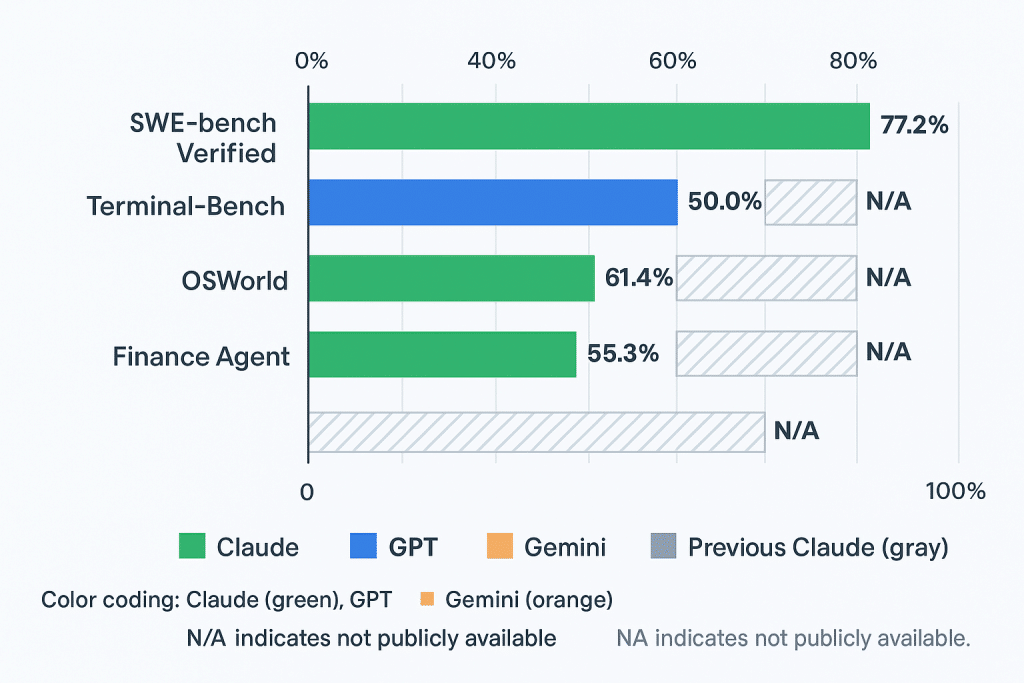
What is Claude Haiku 4.5?
Claude Haiku 4.5, released on October 15, 2025, is Anthropic’s latest small model that delivers near-frontier performance at remarkable speed and cost efficiency. It represents a strategic move to make advanced AI capabilities accessible for high-volume deployments and budget-conscious applications.
The Value Proposition
What was state-of-the-art five months ago is now available at one-third the cost and more than twice the speed. Haiku 4.5 delivers performance comparable to Claude Sonnet 4 (released in May 2025), which was considered cutting-edge at launch. This rapid commoditization of AI capabilities is unprecedented.
Key Features of Claude Haiku 4.5
Near-Frontier Intelligence at Speed
Haiku 4.5 achieves approximately 90% of Sonnet 4.5’s coding performance while running 4-5 times faster. This sweet spot between intelligence and speed unlocks entirely new use cases for AI deployment.
First Haiku with Extended Thinking
Unlike its predecessor Haiku 3.5, the new model includes extended thinking capabilities, allowing it to reason through complex problems before generating responses. This feature, previously available only in Sonnet and Opus models, is now accessible at the Haiku price point.
Enhanced Output Capacity
Haiku 4.5 supports up to 64,000 output tokens, a massive increase from just 8,192 tokens in Haiku 3.5. This enables much richer code generation and longer-form content creation.
Computer Use Capabilities
Remarkably, Haiku 4.5 actually surpasses Sonnet 4 in computer use tasks, making it excellent for browser automation and desktop interaction workflows.
Context Awareness
Anthropic trained Haiku 4.5 to be explicitly context-aware, with precise information about how much of its context window has been used. This helps prevent agentic “laziness” where models stop working prematurely or give incomplete answers.
Technical Specifications
- Context Window: 200,000 tokens
- Maximum Output: 64,000 tokens
- Knowledge Cutoff: February 2025 (one month more recent than Sonnet models)
- Pricing: $1 per million input tokens, $5 per million output tokens
- Availability: Claude.ai (including free tier), Claude API, Amazon Bedrock, Google Cloud Vertex AI, GitHub Copilot
Safety & Alignment
Haiku 4.5 showed statistically significantly lower rates of misaligned behaviors than both Sonnet 4.5 and Opus 4.1, making it Anthropic’s safest model yet by their internal metrics. It’s released under the AI Safety Level 2 (ASL-2) standard, compared to the more restrictive ASL-3 for Sonnet 4.5 and Opus 4.1.
Claude Haiku 4.5 Benchmarks & Performance
Haiku 4.5 punches well above its weight class, delivering performance that would have been considered state-of-the-art just months ago.
Coding Performance
SWE-bench Verified: 73.3%
This puts Haiku 4.5 within five percentage points of Sonnet 4.5 (77.2%) at one-third the cost. It matches or exceeds performance from much larger models like Gemini 2.5 and GPT-5.
Terminal-Bench: 41.0%
Haiku 4.5 performs admirably on command-line tasks, trailing only Sonnet 4.5 (50.0%) among Claude models and competing effectively with premium models from other providers.
Speed Metrics
In real-world usage, Haiku 4.5 delivers responses 4-5 times faster than Sonnet 4.5, with optimizations specifically for output tokens per second (OTPS). This makes it ideal for latency-sensitive applications like real-time chat assistants and customer service agents.
Cost-Performance Ratio
At $1/$5 per million input/output tokens compared to Sonnet 4.5’s $3/$15, Haiku 4.5 offers near-frontier intelligence at one-third the cost. For many production workloads, this cost efficiency enables AI applications that weren’t economically viable before.
Use Cases for Claude Sonnet 4.5
The advanced capabilities of Sonnet 4.5 make it ideal for demanding applications across multiple domains.
Software Development
Autonomous Coding Agents
Sonnet 4.5 can handle complete software development lifecycles, from initial planning to bug fixes and large-scale refactors. It’s particularly effective in Claude Code, where it can work for hours with minimal supervision.
Complex Codebase Analysis
With its 200K token context window, Sonnet 4.5 can analyze entire codebases, understand patterns, and implement features that require deep contextual understanding across multiple files.
Code Review & Security Auditing
Companies report 44% faster vulnerability intake times and 25% improved accuracy when using Sonnet 4.5 for security analysis.
Enterprise Automation
Browser Automation
Through the Claude for Chrome extension, Sonnet 4.5 can navigate websites, fill forms, extract data, and complete multi-step web-based workflows autonomously.
Document Generation
The model excels at creating business documents, presentations, and reports that require both creativity and adherence to specific formats or guidelines.
Data Analysis & Reporting
With its strong performance on financial benchmarks, Sonnet 4.5 is well-suited for complex financial modeling, risk analysis, and creating investment-grade insights.
Research & Analysis
Academic Research
The model can conduct comprehensive literature reviews, synthesize findings across multiple papers, and generate detailed research reports.
Legal Analysis
Sonnet 4.5 demonstrates state-of-the-art performance on complex litigation tasks, including analyzing full briefing cycles and creating detailed legal opinions.
Scientific Computing
With 100% accuracy on AIME with Python and 83.4% on GPQA Diamond, Sonnet 4.5 is capable of handling graduate-level scientific problems across STEM domains.
Multi-Agent Systems
Orchestration & Planning
Sonnet 4.5 excels at breaking down complex problems into multi-step plans, then coordinating teams of sub-agents (often Haiku 4.5 instances) to execute tasks in parallel.
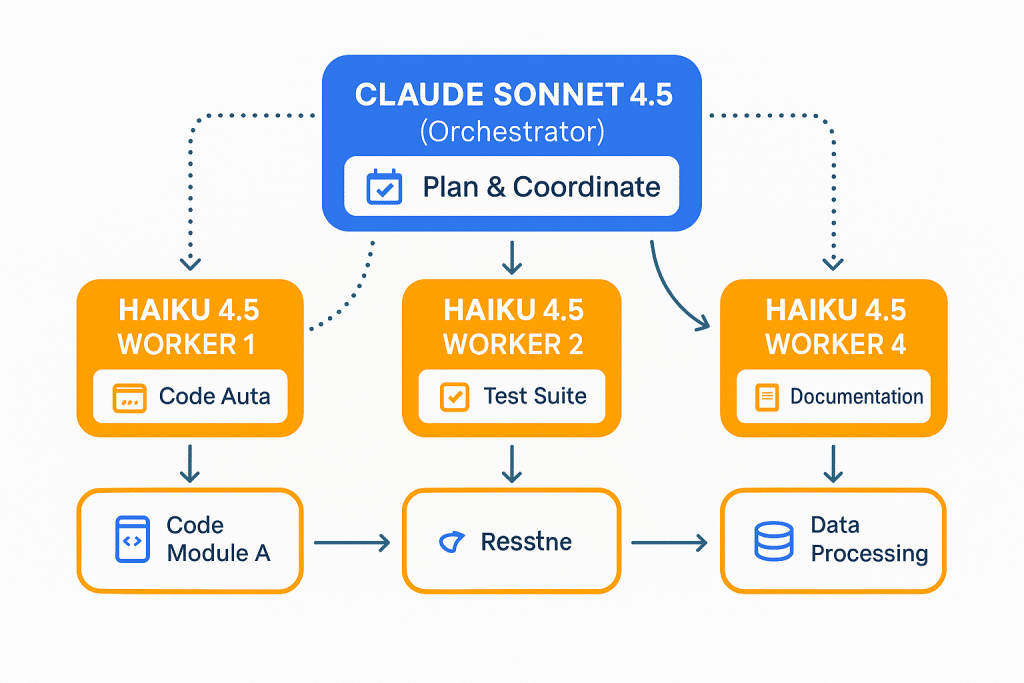
Use Cases for Claude Haiku 4.5
Haiku 4.5’s combination of speed, cost-efficiency, and intelligence opens up entirely new categories of AI applications.
Real-Time Applications
Customer Service Chatbots
The blazing speed of Haiku 4.5 makes it perfect for customer-facing chat applications where response time is critical. Users get premium-quality responses without the latency typical of frontier models.
Pair Programming
In development environments like VS Code and GitHub Copilot, Haiku 4.5 provides rapid code suggestions and completions that feel instantaneous while maintaining high quality.
Interactive AI Assistants
The model’s speed makes it ideal for mobile applications and other scenarios where users expect immediate responses.
High-Volume Processing
Content Moderation
For platforms that need to analyze millions of posts, comments, or messages, Haiku 4.5’s cost-efficiency makes large-scale moderation economically viable.
Data Pipeline Processing
Haiku 4.5 can handle high-throughput data processing tasks, such as parsing documents, extracting structured information, or generating summaries at scale.
Automated Testing
The model’s computer use capabilities combined with its speed make it excellent for automated UI testing and quality assurance workflows.
Multi-Agent Worker Roles
Task Execution
In multi-agent systems, Haiku 4.5 serves as the perfect “worker” model. Sonnet 4.5 handles planning and orchestration, while multiple Haiku 4.5 instances execute subtasks in parallel.
Monitoring & Alerts
Haiku 4.5 can continuously monitor data streams (financial markets, system logs, social media feeds) and escalate important findings to Sonnet 4.5 for deeper analysis.
Free Tier Applications
Accessible AI Products
With Haiku 4.5 available to free users on Claude.ai, developers can build AI-powered products that offer significant capabilities while minimizing server costs for free tier users.
Educational Tools
Schools and educational platforms can leverage Haiku 4.5 to provide AI tutoring and assistance to students without prohibitive costs.
Comparing Sonnet 4.5 vs Haiku 4.5
Understanding when to use each model is crucial for optimizing both performance and costs.
Performance Comparison
| Benchmark | Sonnet 4.5 | Haiku 4.5 | Difference |
|---|---|---|---|
| SWE-bench Verified | 77.2% | 73.3% | -3.9% |
| Terminal-Bench | 50.0% | 41.0% | -9.0% |
| OSWorld | 61.4% | N/A | N/A |
| Speed (relative) | 1x (baseline) | 4-5x faster | 4-5x |
| Cost (input/output) | $3/$15 | $1/$5 | 3x cheaper |
When to Use Sonnet 4.5
- Complex, multi-step coding projects requiring deep reasoning
- Extended autonomous operations (20+ hours)
- Tasks requiring maximum accuracy and advanced planning
- Computer use and browser automation workflows
- High-stakes applications where performance is more important than cost
- Financial analysis, legal research, or scientific computing
When to Use Haiku 4.5
- Real-time, latency-sensitive applications
- High-volume processing where cost per request matters
- Straightforward coding tasks with clear requirements
- Customer-facing chat applications
- Tasks where 90% of Sonnet 4’s capability is sufficient
- Free tier applications or products with budget constraints
- Multi-agent systems where Haiku serves as a task executor
The Orchestration Pattern
The most powerful approach combines both models:
- Sonnet 4.5 creates the master plan and breaks down complex problems
- Multiple Haiku 4.5 instances execute subtasks in parallel
- Sonnet 4.5 synthesizes results and handles edge cases
This pattern maximizes both performance and cost-efficiency, letting each model do what it does best.
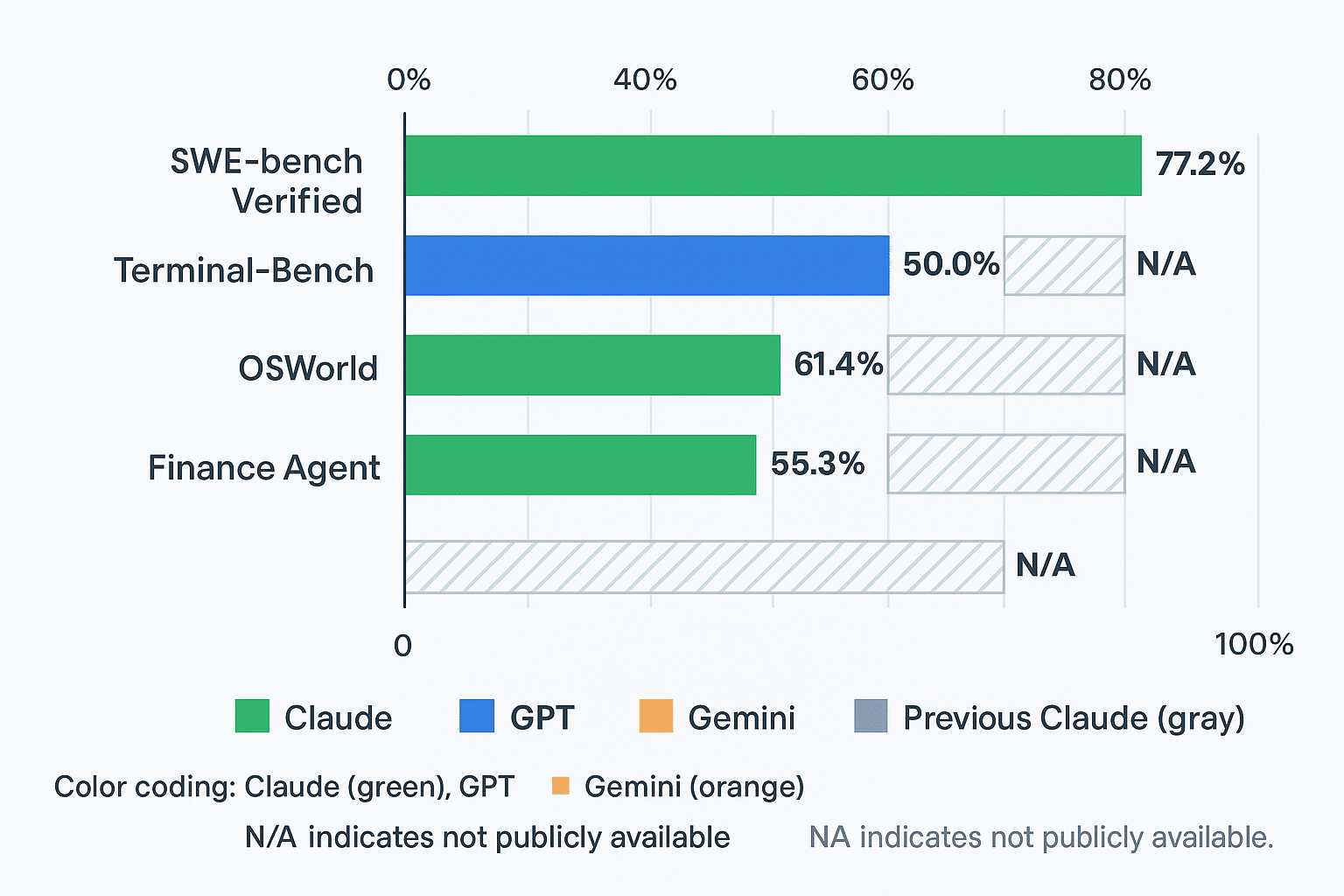
How to Access Claude Sonnet 4.5 & Haiku 4.5
Both models are widely available across multiple platforms, making it easy to integrate them into your workflows.
For General Users
Claude.ai Web Interface
Visit claude.ai and select your preferred model from the model picker. Both Sonnet 4.5 and Haiku 4.5 are available to all users, including those on the free tier.
Mobile Apps
Download the Claude app for iOS or Android. Both models are available on mobile, with Haiku 4.5 being the default for many free tier users due to its speed.
For Developers
Anthropic API
- Sonnet 4.5:
claude-sonnet-4-5-20250929 - Haiku 4.5:
claude-haiku-4-5
Amazon Bedrock
Both models are available through AWS’s managed AI service, with support for cross-region inference.
Google Cloud Vertex AI
Access both models through Google’s enterprise AI platform.
GitHub Copilot
Haiku 4.5 is now available in GitHub Copilot for Pro, Pro+, Business, and Enterprise users, bringing faster code completions with near-frontier quality.
Specialized Tools
Claude Code
Anthropic’s agentic coding tool leverages Sonnet 4.5 for autonomous software development, with new features like checkpoints, VS Code extension, and multi-agent orchestration.
Claude for Chrome
Available to Claude Pro and Teams users, this extension brings Sonnet 4.5’s computer use capabilities directly into your browser.
Pricing Comparison & Cost Optimization
Understanding the pricing structure helps you optimize costs while maintaining performance.
Standard Pricing
Claude Sonnet 4.5
- Input: $3 per million tokens
- Output: $15 per million tokens
- Thinking tokens (extended thinking mode): $15 per million tokens
Claude Haiku 4.5
- Input: $1 per million tokens
- Output: $5 per million tokens
- Thinking tokens (extended thinking mode): $5 per million tokens
Cost-Saving Features
Prompt Caching
- Save up to 90% on repeated context
- Cache write: Sonnet 4.5 ($3.75/MTok), Haiku 4.5 ($1.25/MTok)
- Cache read: Sonnet 4.5 ($0.30/MTok), Haiku 4.5 ($0.10/MTok)
Batch Processing
- Save up to 50% on non-urgent workloads
- Ideal for data processing, document analysis, and content generation
Real-World Cost Examples
Example 1: Customer Service Chatbot
- 1 million customer conversations per month
- Average 500 input tokens, 200 output tokens per conversation
- Using Haiku 4.5: $1,500/month
- Using Sonnet 4.5: $4,500/month
- Savings with Haiku 4.5: $3,000/month
Example 2: Code Review System
- 10,000 pull requests per month
- Average 5,000 input tokens, 1,000 output tokens per review
- Using Haiku 4.5: $100/month
- Using Sonnet 4.5: $300/month
- Savings with Haiku 4.5: $200/month
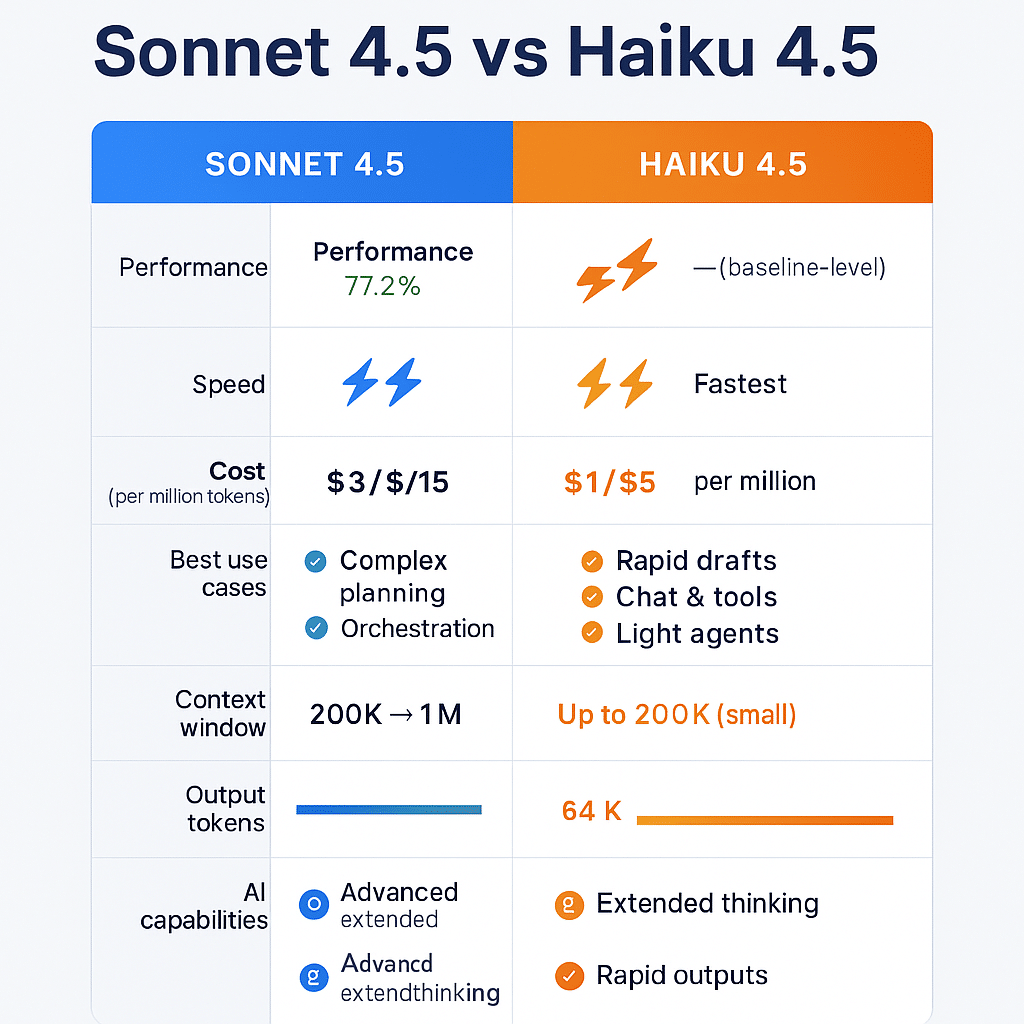
What’s New Compared to Previous Claude Models
The Claude 4.5 models represent significant advances over their predecessors.
Improvements Over Claude Sonnet 4
- 45% better SWE-bench performance (77.2% vs 53.1%)
- 37% better Terminal-Bench performance (50.0% vs 36.4%)
- 45% better OSWorld performance (61.4% vs 42.2%)
- Extended thinking mode for complex reasoning
- 4x longer autonomous operation (30+ hours vs ~7 hours)
- Zero code editing errors (down from 9%)
- Enhanced context awareness with token budget management
Improvements Over Claude Haiku 3.5
- Near-frontier performance matching Sonnet 4
- First extended thinking mode in Haiku family
- 8x larger output capacity (64K vs 8K tokens)
- Computer use capabilities (not available in Haiku 3.5)
- More recent knowledge cutoff (February 2025 vs August 2024)
- Advanced context awareness to prevent lazy behavior
- Superior safety and alignment (lowest misalignment rate)
New Features in Claude 4.5 Family
Context Editing API
Developers can now manually remove or replace parts of the context in Claude’s memory, enabling more sophisticated long-running workflows.
Checkpoints (Claude Code)
Save progress and roll back to previous states instantly, making it safer to let Claude work autonomously on complex projects.
Native VS Code Extension
Bring Claude’s capabilities directly into your IDE without switching contexts.
Claude Agent SDK
The building blocks Anthropic uses internally are now available to developers for creating custom agentic workflows with memory handling, permissions, and sub-agent coordination.
Technical Deep Dive: How Extended Thinking Works
One of the most significant innovations in the Claude 4.5 family is the extended thinking capability.
The Hybrid Reasoning Approach
Unlike models that are always slow or always fast, Claude 4.5 models can dynamically switch between two modes:
Standard Mode
- Fast responses for straightforward queries
- Direct answer generation without visible reasoning
- Optimal for simple tasks and quick interactions
Extended Thinking Mode
- Model pauses to reason through the problem
- Generates internal “thinking tokens” before the final answer
- Dramatically better performance on complex problems
- Thinking process is visible to users (optional)
Enabling Extended Thinking
Via API, you enable extended thinking by adding a thinking block to your prompt:
<thinking>
{Include your reasoning and step-by-step logic here}
</thinking>
You can also control the thinking budget (how many tokens the model can use for internal reasoning):
- Default: Let the model decide
- Fixed budget: Specify exact token count
- Maximum budget: Set an upper limit
When Extended Thinking Helps Most
Research shows that extended thinking provides the biggest improvements for:
- Complex mathematical problems
- Multi-step coding challenges
- Strategic planning and decision-making
- Tasks requiring careful analysis of trade-offs
- Problems with non-obvious solutions
For simple queries or tasks with clear solutions, extended thinking may not provide significant benefits and adds latency and cost.
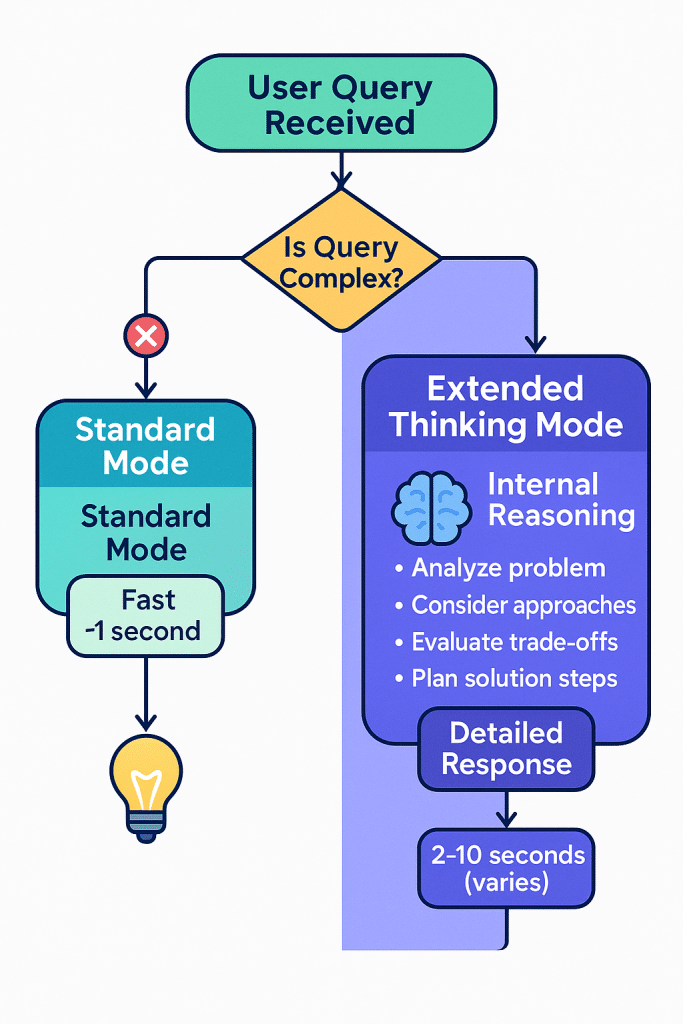
Safety, Alignment & Responsible AI
Anthropic has invested heavily in ensuring the Claude 4.5 models are safe and aligned with human values.
Safety Classifications
Claude Haiku 4.5: ASL-2
Released under Anthropic’s AI Safety Level 2 standard, indicating limited potential for misuse. Extensive testing showed only minimal risks in CBRN (chemical, biological, radiological, nuclear) weapons production.
Claude Sonnet 4.5: ASL-3
The more restrictive ASL-3 classification reflects the model’s greater capabilities and potential for both beneficial and harmful applications.
Alignment Improvements
In Anthropic’s automated alignment assessments:
- Haiku 4.5 showed statistically significantly lower misalignment rates than both Sonnet 4.5 and Opus 4.1
- Sonnet 4.5 reduced shortcut-taking behavior by 65% compared to Sonnet 3.7
- Both models demonstrated improved instruction-following and reduced hallucination rates
Red Teaming & Testing
Anthropic’s teams extensively tested both models for:
- Harmful content generation
- Misinformation and disinformation
- Fraudulent behavior like scams
- Privacy violations
- Bias and discrimination
- Safety in agentic scenarios
Responsible AI Features
Refusal Handling
Both models are trained to refuse inappropriate requests while maintaining helpfulness for legitimate use cases.
Transparency
When using extended thinking, users can see the model’s reasoning process, increasing interpretability.
Context Awareness
Models understand their limitations and are more likely to ask for clarification when uncertain.
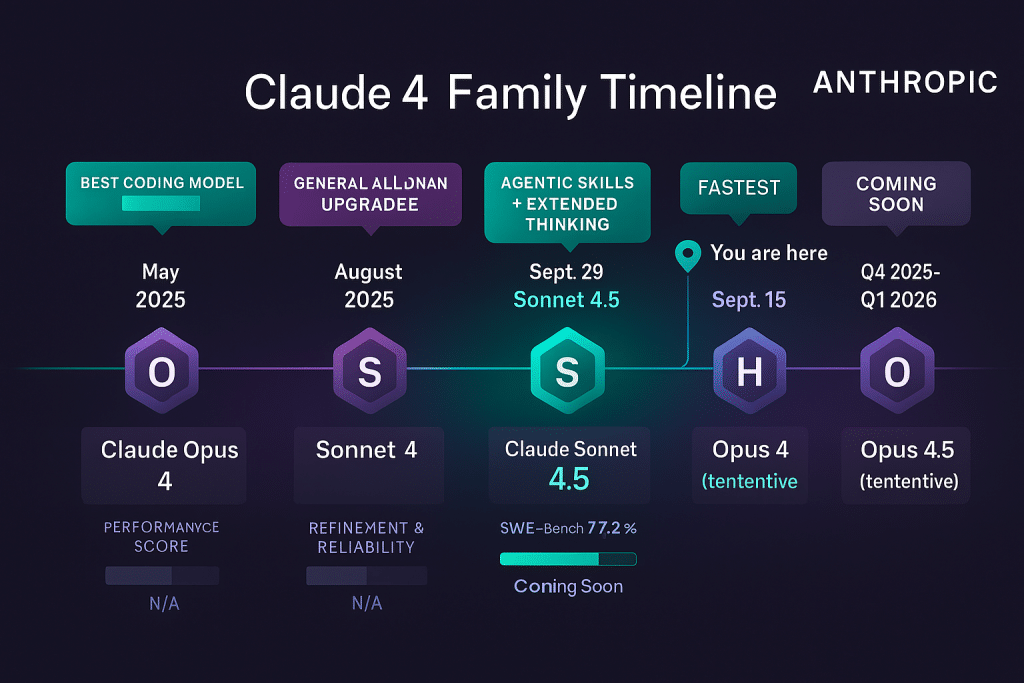
Frequently Asked Questions (FAQ)
1. Which Claude model should I use for my project?
The choice depends on your priorities:
- Need maximum accuracy and performance? Use Claude Sonnet 4.5
- Need speed and cost-efficiency? Use Claude Haiku 4.5
- Running a customer-facing chat? Haiku 4.5’s speed makes for better UX
- Complex multi-step coding project? Sonnet 4.5’s extended thinking and autonomy are worth the cost
- High-volume processing? Haiku 4.5’s pricing makes it economically viable
- Free tier application? Haiku 4.5 is available to free users
Many applications benefit from using both: Sonnet for planning and complex tasks, Haiku for execution and high-volume work.
2. Is Claude Sonnet 4.5 really the best coding model?
Based on independent benchmarks like SWE-bench Verified (77.2%) and Terminal-Bench (50.0%), Claude Sonnet 4.5 currently leads in coding performance. However, the AI landscape evolves rapidly, and competitors like GPT-5 Codex are close behind. The “best” model also depends on your specific use case Sonnet 4.5 excels at autonomous coding tasks and complex problem-solving, while other models might be better for different scenarios.
3. How much does it cost to use Claude Haiku 4.5 compared to Sonnet 4.5?
Haiku 4.5 costs one-third as much as Sonnet 4.5:
- Haiku 4.5: $1 input / $5 output per million tokens
- Sonnet 4.5: $3 input / $15 output per million tokens
For a typical conversation with 1,000 input and 500 output tokens, Haiku 4.5 costs $0.0035 while Sonnet 4.5 costs $0.0105. The savings scale significantly for high-volume applications.
4. Can I use Claude Haiku 4.5 for free?
Yes! Claude Haiku 4.5 is available to all users on Claude.ai, including those on the free tier. Free users can access the model through the web interface and mobile apps, though with usage limits. For unlimited access, consider Claude Pro ($20/month) or Claude Teams ($30/user/month).
5. What’s the difference between extended thinking and standard mode?
In standard mode, Claude generates responses directly. In extended thinking mode, the model first reasons through the problem internally, generating “thinking tokens” before producing the final answer. Extended thinking significantly improves performance on complex problems but adds latency and costs more (thinking tokens are billed as output). It’s most beneficial for challenging coding tasks, mathematical problems, and strategic planning.
6. Can Claude Sonnet 4.5 really work autonomously for 30+ hours?
Yes, testing shows that Sonnet 4.5 can maintain focus and consistent performance on complex, multi-step tasks for over 30 hours. This is a major breakthrough for AI agents, enabling applications like:
- End-to-end application development
- Comprehensive security audits
- Large-scale data migration projects
- Multi-day research and analysis tasks
The model maintains context awareness throughout and provides progress updates.
7. How do the Claude 4.5 models compare to GPT-5 and Gemini 2.5?
Coding: Claude Sonnet 4.5 leads on SWE-bench (77.2% vs GPT-5 Codex at 74.5%) and Terminal-Bench (50.0% vs GPT-5 at 43.8%)
Context Window: GPT-5 offers 400K tokens vs Claude’s 200K, but Claude’s context management features may offset this advantage
Cost: GPT-5 is generally cheaper ($1.25/$10 per million tokens), making it more cost-effective for high-volume workloads where absolute peak performance isn’t critical
Multimodal: GPT-5 supports audio and video, while Claude 4.5 models handle text and images
Each model has strengths Claude excels at coding and autonomous agents, GPT-5 at cost-efficiency and multimodal tasks, and Gemini at long-context applications.
8. Are there any limitations I should know about?
Yes, several important limitations:
- Context window: 200K tokens (1M via developer platform) may be insufficient for extremely large codebases
- Knowledge cutoff: January 2025 for Sonnet 4.5, February 2025 for Haiku 4.5 – they don’t have information about events after these dates
- Rate limits: API usage is subject to rate limits based on your tier
- Extended thinking costs: Thinking tokens are billed as output, which can increase costs significantly for complex reasoning tasks
- No real-time internet access: Models can’t browse the web in real-time (though computer use enables some web interaction)
- Multimodal limitations: Only text and images supported, no audio or video
Conclusion
The release of Claude Sonnet 4.5 and Haiku 4.5 marks a significant milestone in AI development. Sonnet 4.5’s title as “the best coding model in the world” isn’t just marketing, it’s backed by industry-leading benchmarks and real-world performance. Its ability to work autonomously for 30+ hours, combined with extended thinking capabilities, makes it a game-changer for complex software development and enterprise applications.
Equally impressive is how Haiku 4.5 democratizes access to near-frontier AI capabilities. By delivering Sonnet 4-level performance at one-third the cost and 4-5x the speed, it enables entirely new categories of AI applications that weren’t economically viable before.
The strategic value lies in using these models together. Sonnet 4.5 handles complex planning and reasoning, while Haiku 4.5 executes tasks at scale. This orchestration pattern maximizes both performance and cost-efficiency, making AI deployment practical across a wider range of use cases.
Whether you’re building the next generation of developer tools, automating enterprise workflows, or creating innovative AI-powered products, the Claude 4.5 family provides the intelligence, speed, and reliability you need. With widespread availability across Claude.ai, major cloud platforms, and developer tools like GitHub Copilot, getting started has never been easier.
Ready to experience the future of AI? Try Claude Sonnet 4.5 and Haiku 4.5 today at Claude.ai or through the Claude API.
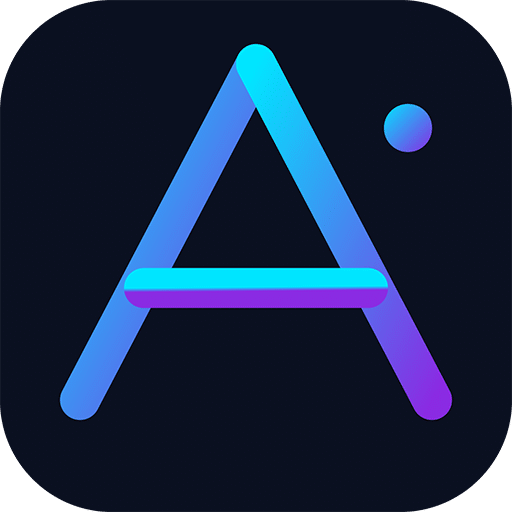
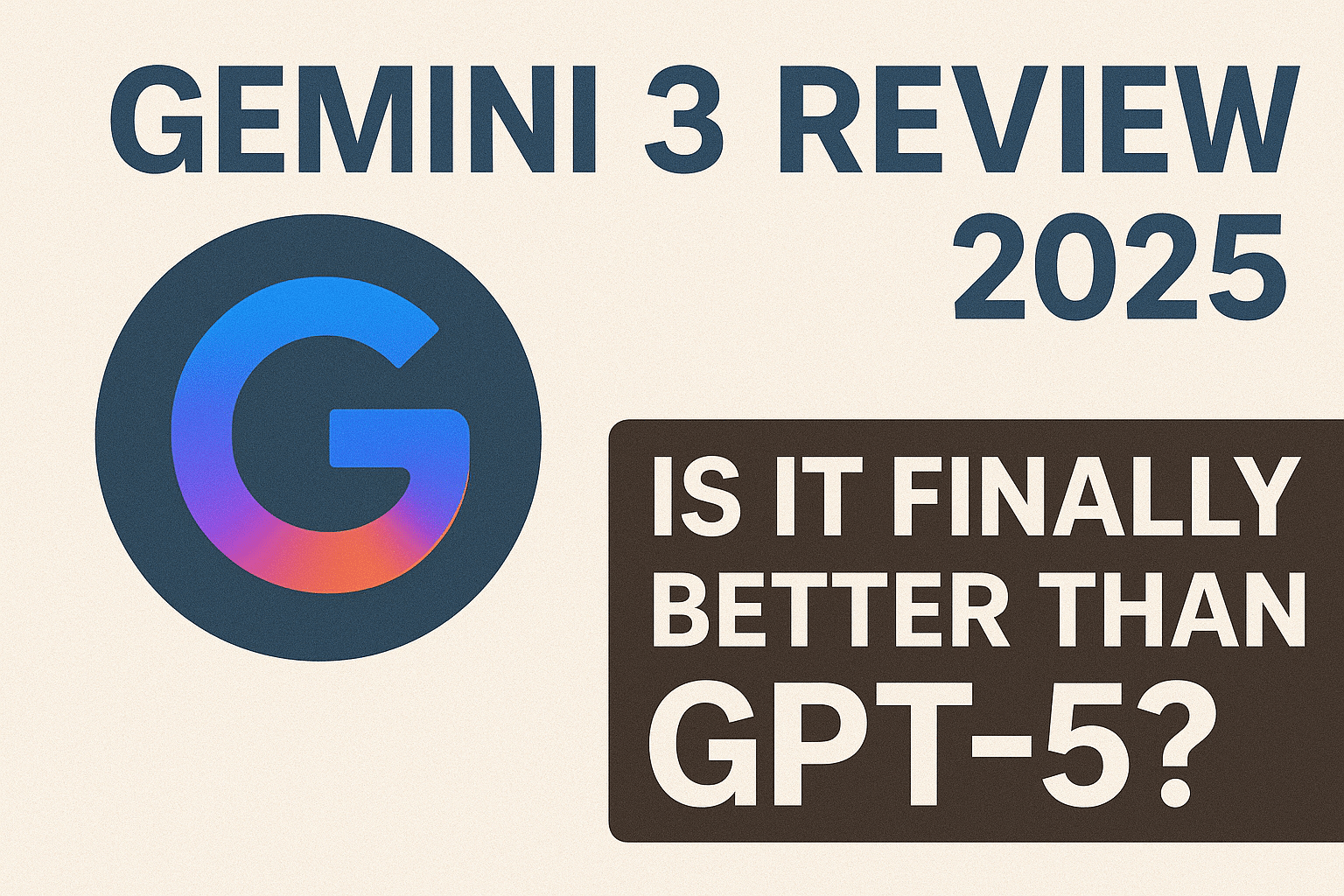
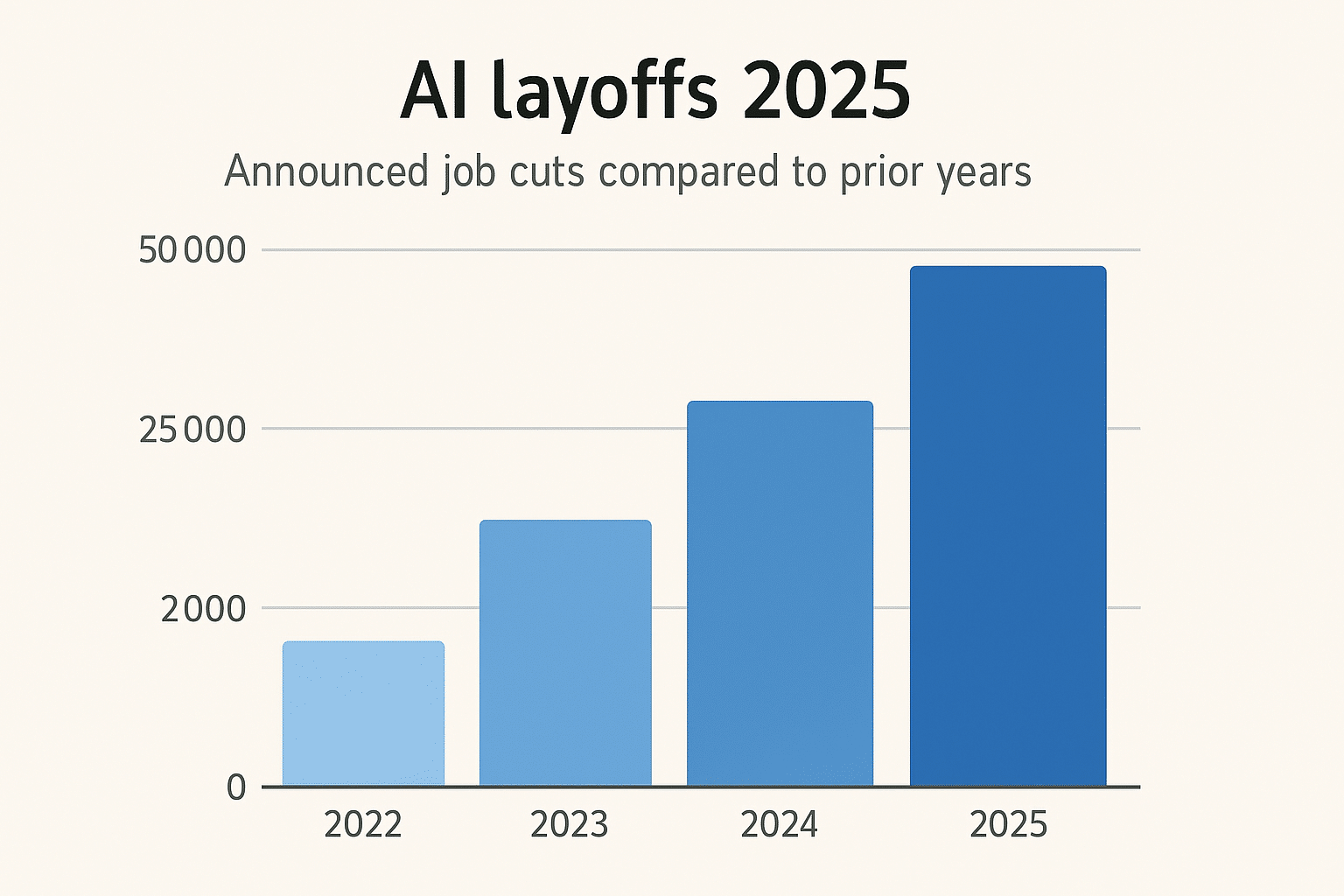






Leave a Reply